Topic: Teaching & Learning
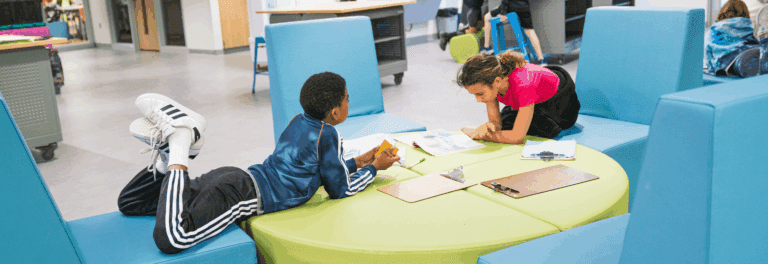
Empowered Learners: How Classroom Environments Spark Student Ownership
Explore how intentional classroom design fosters student voice, choice, and ownership.
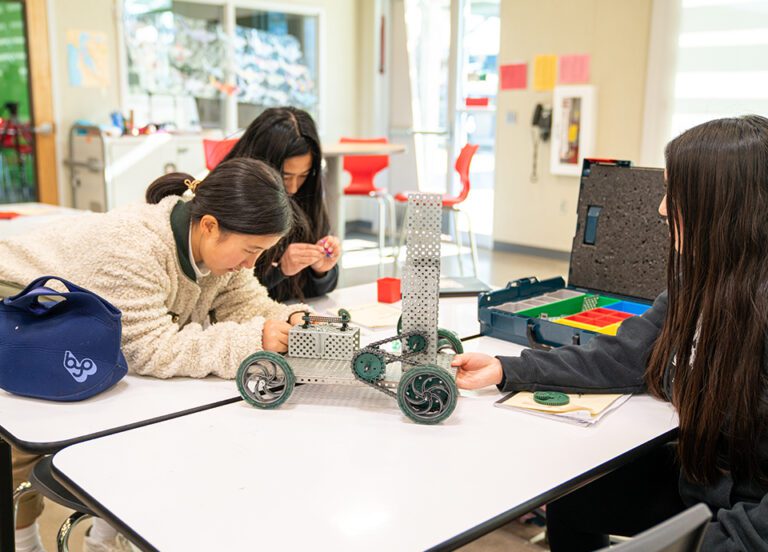
Cultivating Student Agency: Empowering Students to Own Their Learning
Discover the research and practices behind expanding student agency.
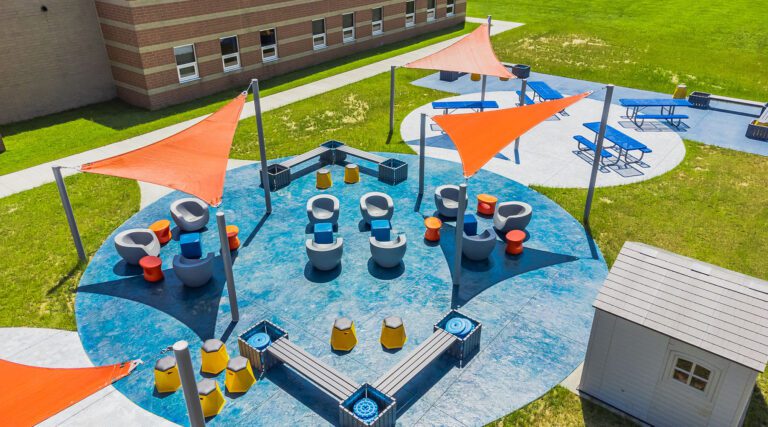
A Guide to Outdoor Classrooms
Take your learning outdoors and see how it improves academic performance, wellness, and culture.
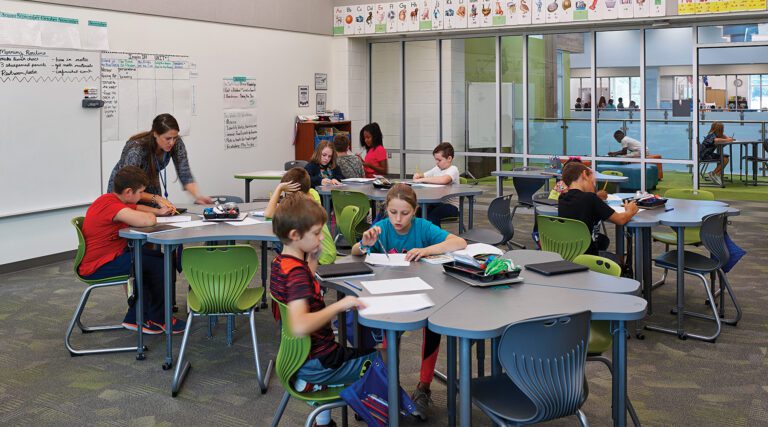
Social Brain Goes to School: How Relationships Power Learning
Discover how brain science shows relationships drive learning and how schools can design spaces that build belonging.
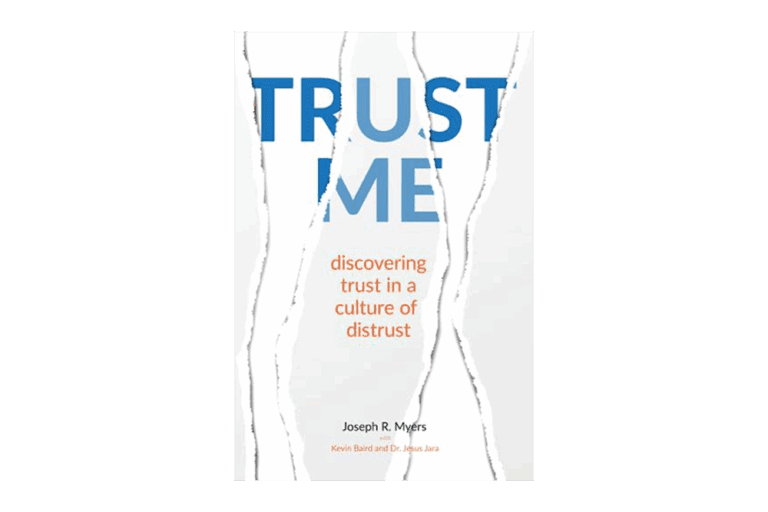
Trust Me: Discovering Trust in a Culture of Distrust
A journey into the science of trust and distrust, revealing insights to strengthen relationships, communities, and organizations.
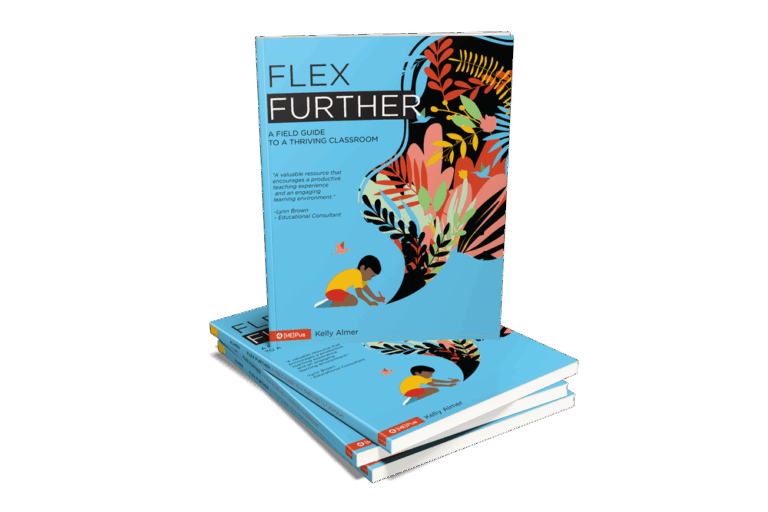
Flex Further: A Field Guide to a Thriving Classroom
A practical workbook for teachers ready to rethink their classroom environments and create spaces where students can thrive.
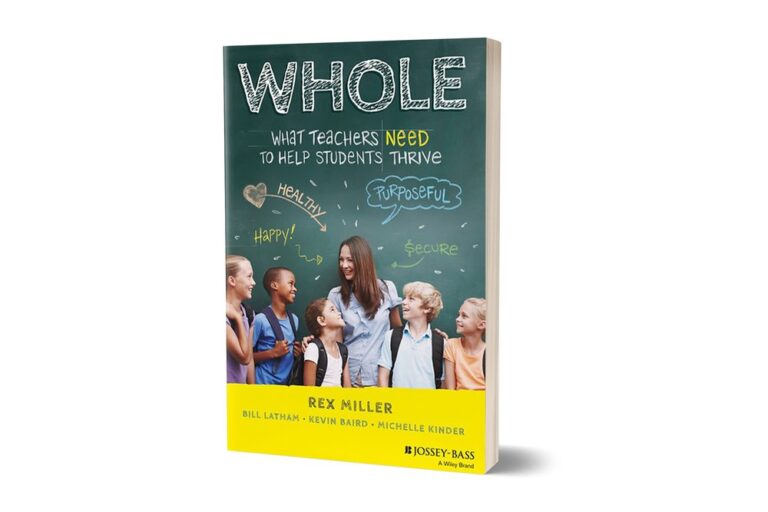
WHOLE: What Teachers Need to Help Students Thrive
How does teacher stress affect students? This book explores what communities can do to foster healthier learning.
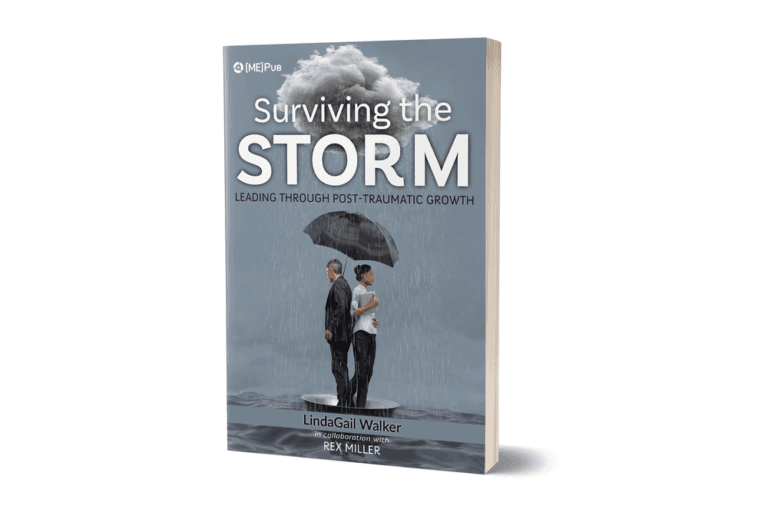
Surviving the Storm: Leading Through Post-Traumatic Growth
This book guides educators through recovery and growth after unprecedented challenges, offering insights for resilience and renewal.
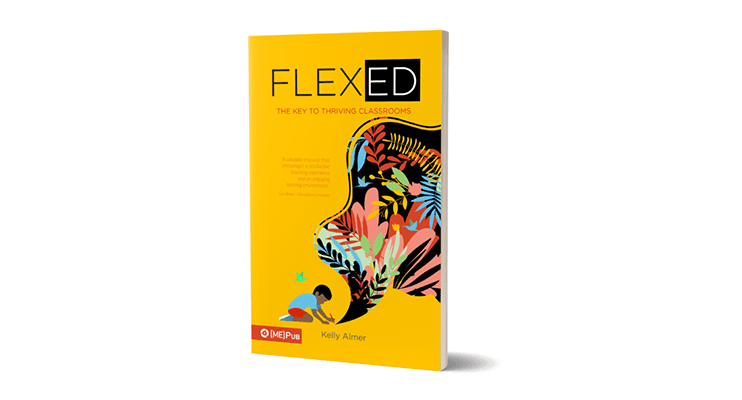
FLEX-ED: The Key to a Thriving Classroom
Environments are never neutral. Kelly Almer shares models and insights for creating flexible, life-giving classrooms in FLEX-ED.
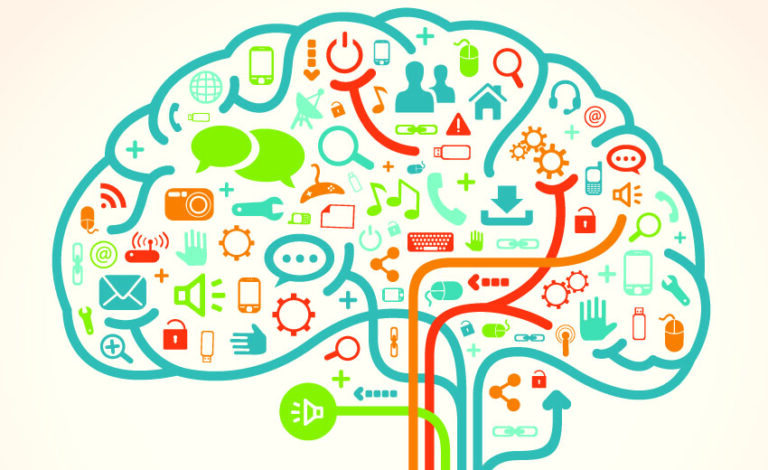
How Do We Learn and How Is Information Stored in Long-Term Memory?
Learning forms new neural connections; working memory decides what sticks, and rehearsal moves info into long-term memory.